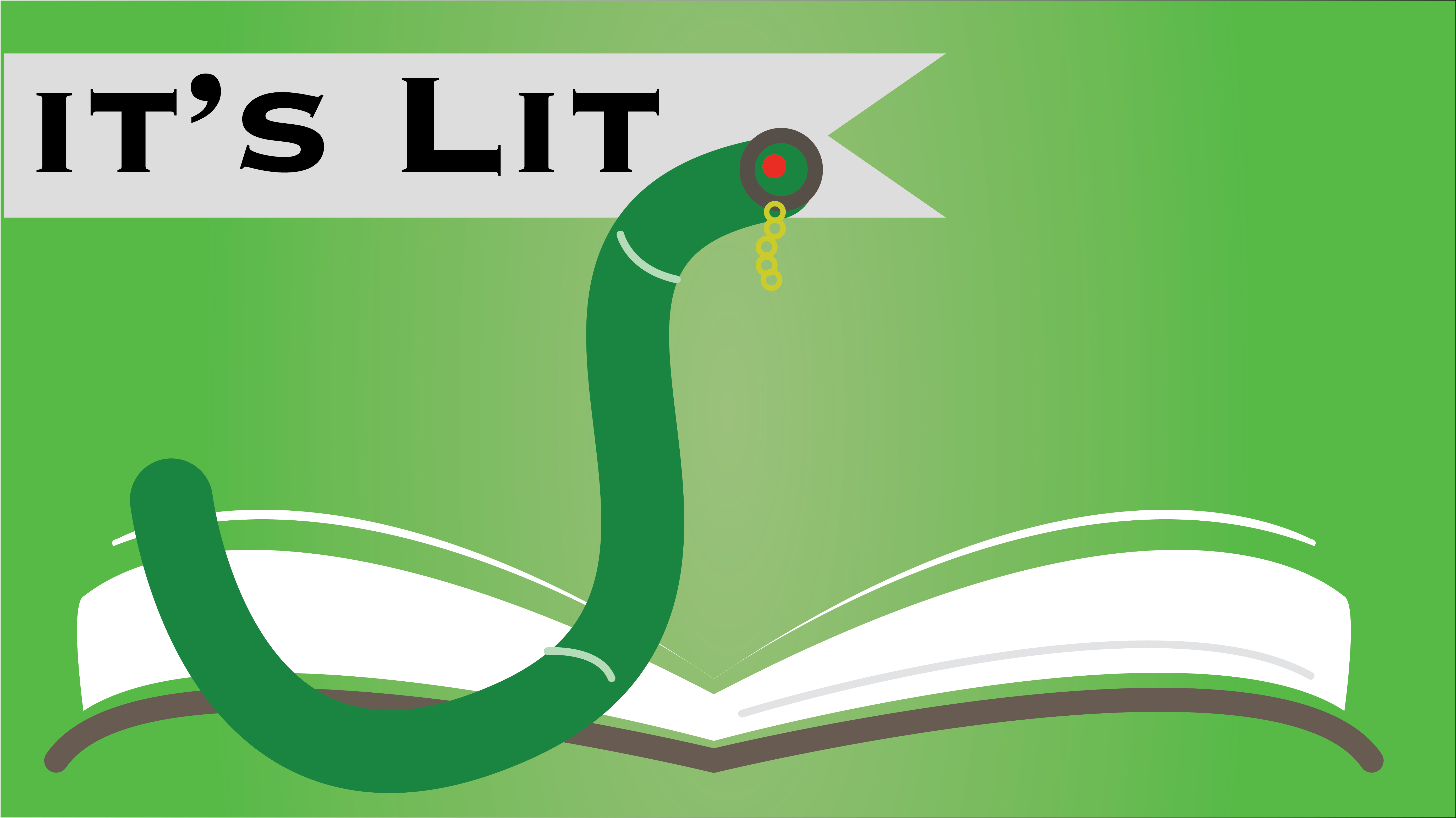
Five classic short stories for Halloween
By: Chloë Williams, Columnist
Views expressed in opinion columns are the author’s own.
- “The Most Dangerous Game” by Richard Connell
This is one of my favorite short stories of all-time. In just a few pages, the reader can expect a ship washing up on a strange shore, a house with a host hiding a dark secret, and an interesting twist on a popular sport. This story was first published in 1924, but its ability to shock and thrill is timeless. Connell grips his audience immediately, having them follow along as shipman Rainsford finds himself suddenly thrust onto Ship-Trap Island. Upon meeting the island’s main inhabitant, a wealthy huntsman named Zaroff, Rainsford is charmed and amazed by his secluded lifestyle. The island is a dangerous place, and Rainsford grows interested in how Zaroff is able to entertain himself with no one but his dogs and giant of a servant, Ivan. Zaroff decides to show rather than tell, and challenges Rainsford to his favorite past-time. Now Rainsford finds himself facing imminent death with no escape except to face the fearsome monster of the island.
- “The Monkey’s Paw” by W. W. Jacobs
“The Monkey’s Paw” is a short story that was originally published in 1902. However, it has found its way into many modern adaptations and pop-culture homages. The short story was even recreated on an episode of The Simpsons Treehouse of Horror. This is a story about meddling with one’s own fate. A British Sergeant finds the paw while serving in India and he presents it to his friends over dinner. He claims that the paw will grant its owner three wishes, though they come at a price that outweighs any wish it could fulfil. The family, excited by the idea, decides to take the paw anyway and try their luck. The family uses the paw without consideration to the consequences of interfering with destiny, and soon learn that everything comes at a price. The heartache they face at the hand of the monkey’s paw is worse than anything that could have come to pass had they simply let their future unfold undeterred.
- “The Legend of Sleepy Hollow” by Washington Irving
Though many are likely familiar with Disney’s animated “Ichabod Crane” or Tim Burton’s “Sleepy Hollow,” the origins of the frightful Headless Horseman originate in Irving’s 1820 story, “The Legend of Sleepy Hollow.” This is a story about the superstitious schoolmaster Ichabod Crane, who struggles to win the hand of a rich bachelorette while struggling to retain his sanity in a town famous for its ghostly legends. Besides its strong foothold as a famous Halloween tale, this story is also important for its place in the start of American literature. Embracing the gothic phase of poetry and literature brought on by the Romantics in the late 1800s, this story uses natural scenery to elevate its story to a whole new level of scary. The town and the trees become characters in their own right, making the reader question whether or not Ichabod Crane really saw a fearful phantom, or whether it was all in his head.
- “Berenice” by Edgar Allen Poe
Poe is a well-known name in literature, especially in Baltimore where he spent much of his life. Most of his stories are gothic and chilling, but none can quite compare to the spine-chilling story of “Berenice,” published in 1835. In this very short tale, the narrator, Egaeus, describes his infatuation with a certain aspect of his cousin and betrothed, Berenice. She suffers from an illness deteriorating both her body and mind, though leaving her teeth in perfect condition. Egaeus suffers himself from hyper-fixations, and when Berenice dies, he finds himself consumed in a self-debate about the morals of stealing her teeth. In Poe’s time, readers were so horrified by the events of the story that Poe begrudgingly published a self-censored version. Nowadays, the unedited version is circulated freely, though be warned: this story is not for the faint of heart.
- “Christabel” by Samuel Taylor Coleridge
“Christabel” is an unfinished long-form poem written by poet Coleridge, known in the Romantic era for pushing the boundaries of poetry to explore the dark and fantastical. Though it remains unfinished, it was first written in 1797, and a second part was added in the year 1800. The story centers around Christabel herself, a well-to-do woman who is naïve enough to fall for the deception of vampire Geraldine who appears to her as a distraught traveller. Geraldine seduces Christabel, placing her under a spell that distorts her reality. Geraldine is described as having reptilian features that burst through her humanity at certain moments, though her origins and intentions remain mysterious to the reader. While it has gained great fame as a gothic poem, it has also become the focus of feminist reading and study.

